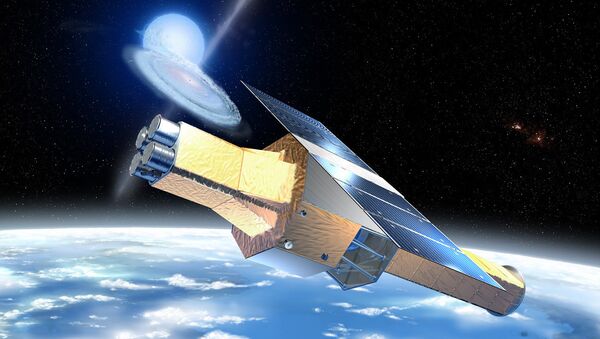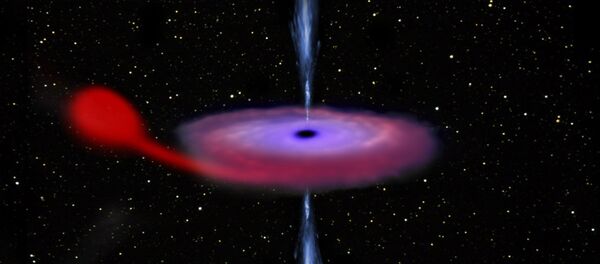Hitomi means "eye" in Japanese, specifically the eye's pupil. It was developed by JAXA to study energy processes in the universe.
The satellite's instruments enable high sensitivity observations of the universe across wide energy range, from X-rays to gamma-rays, in order to investigate the mechanisms of how galaxy clusters were formed and influenced by dark energy and dark matter.
On May 27, the Japan Aerospace Exploration Agency (JAXA) stated that scheduled communication with the satellite had failed on March 26. JAXA had not been able to figure out the state of health of the satellite.
JAXA said it had received a short signal from the satellite, and "is working on its recovery."
Amid fears that the satellite would not be able to fulfil its investigative mission, on March 29 JAXA announced that it had received two more short signals from the satellite, but had "not been able to find the state of its health."
The first was at about 10:00 a.m. on March 28 at Japan's Uchinoura Ground Station, and the second was at around 12:30 a.m. on March 29 at the Santiago Tracking Station in Chile.
JAXA also revealed the reason for the satellite's wayward communication: according to data from the US Joint Space Operations Center, the satellite had separated into six pieces when five objects fell off the spacecraft on March 26.
JSpOC ID’d 2 breakups: SL-12 R/B(33472) @~0145z, 27Mar–21 pieces. ASTRO H(41337) @~0820z, 26Mar–5 pieces. Events not related. @SpaceTrackOrg
— JSpOC (@JointSpaceOps) 27 марта 2016 г.
Astronomer Paul Maley in Arizona published a video online, which is believed to show the Hitomi satellite spinning in a freefall on March 28.
Hitomi #AstroH is not dead! Wonderful news!! A communicating spacecraft is a spacecraft that maybe can be saved! https://t.co/yXohSEc757
— Emily Lakdawalla (@elakdawalla) 29 марта 2016 г.
JAXA official Masaki Fujimoto told Spacenews that Hitomi’s problems likely started with a loss of attitude control in the spacecraft, which stabilizes its
position in space. This disrupted the spacecraft’s ability to generate power from its solar panels and communicate with the ground.
Officials said that in the absence of evidence that the spacecraft was struck by debris, it seems likely the spacecraft generated the debris itself.
"There’s hope for recovery unless the spacecraft is severely damaged," Fujimoto said, but added that such a recovery would take months rather than days.





